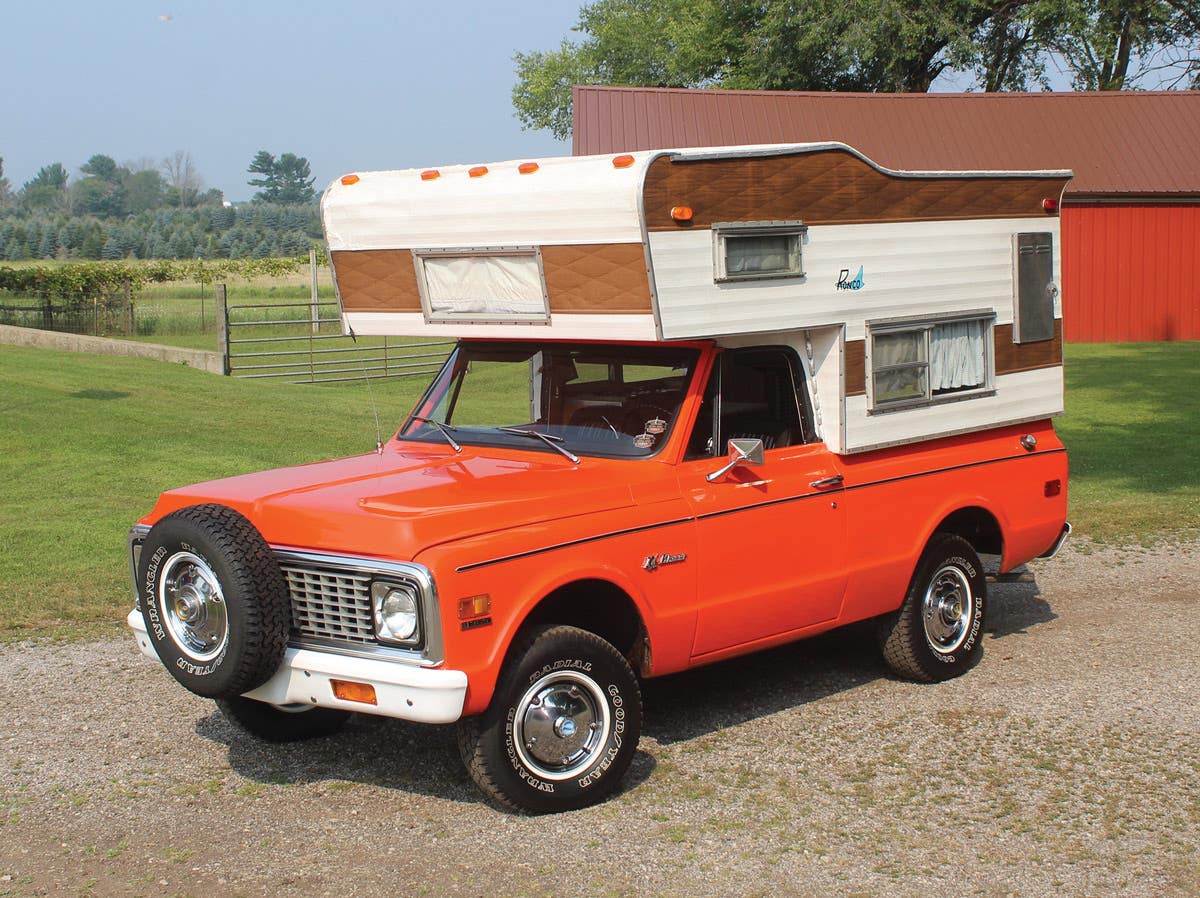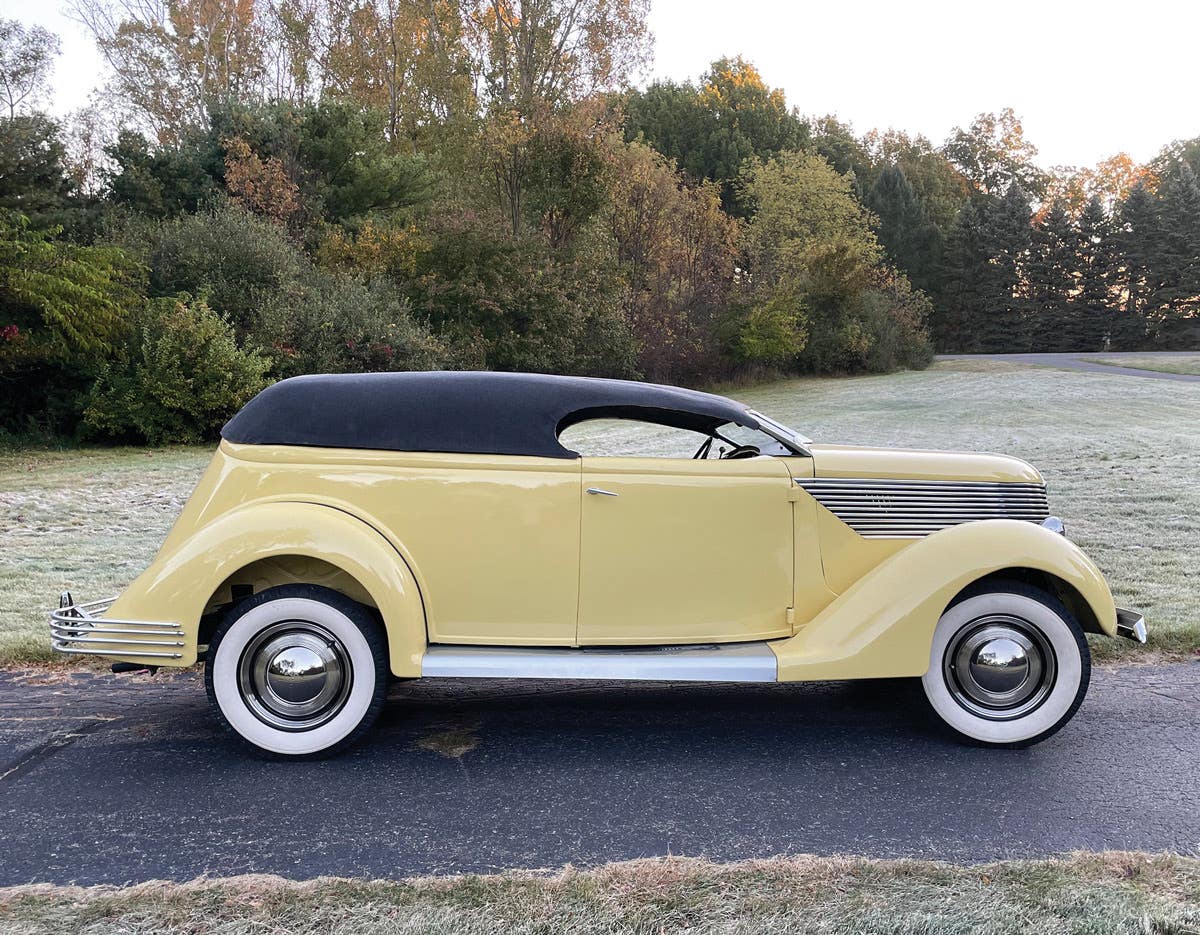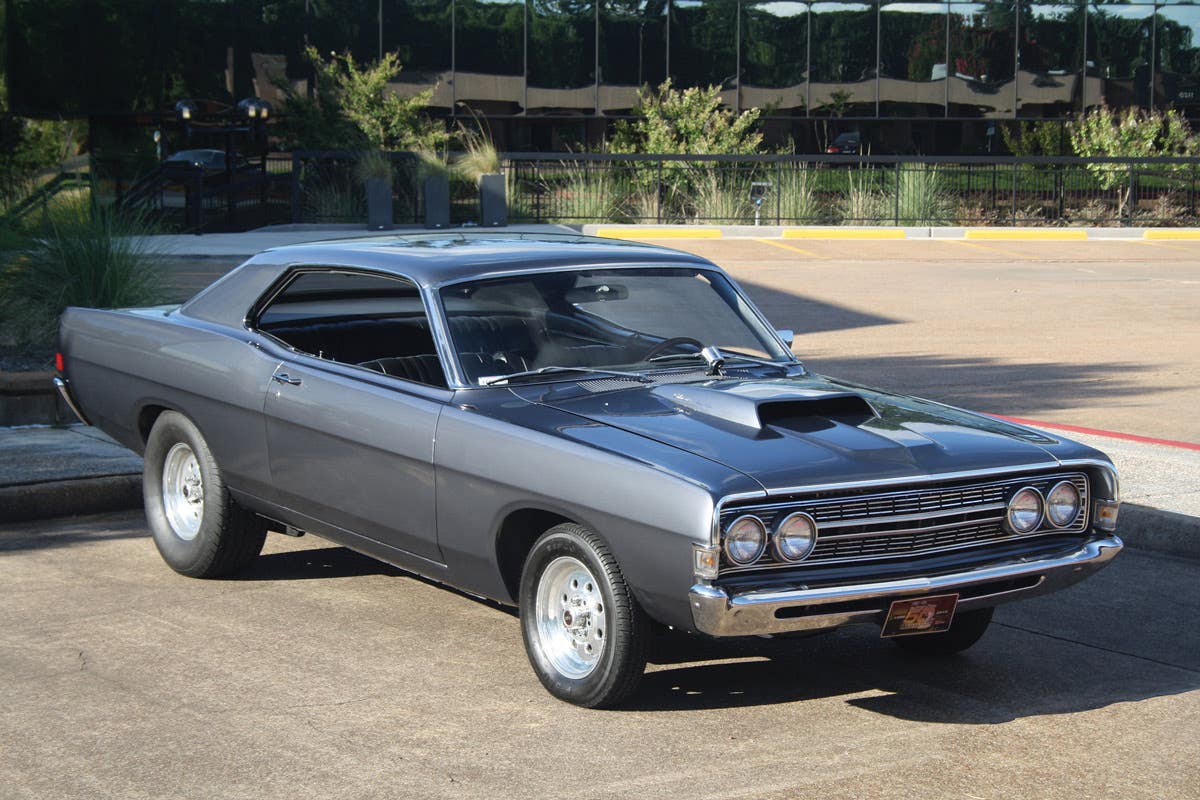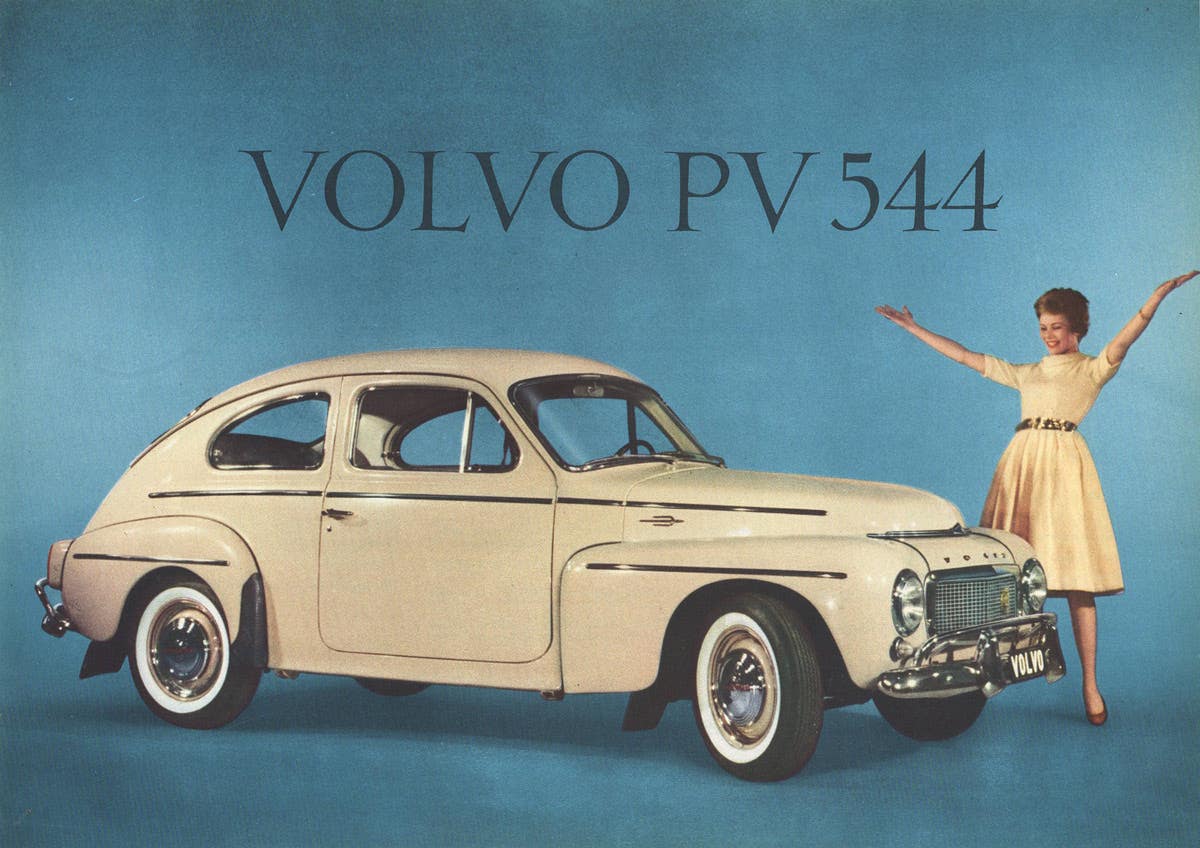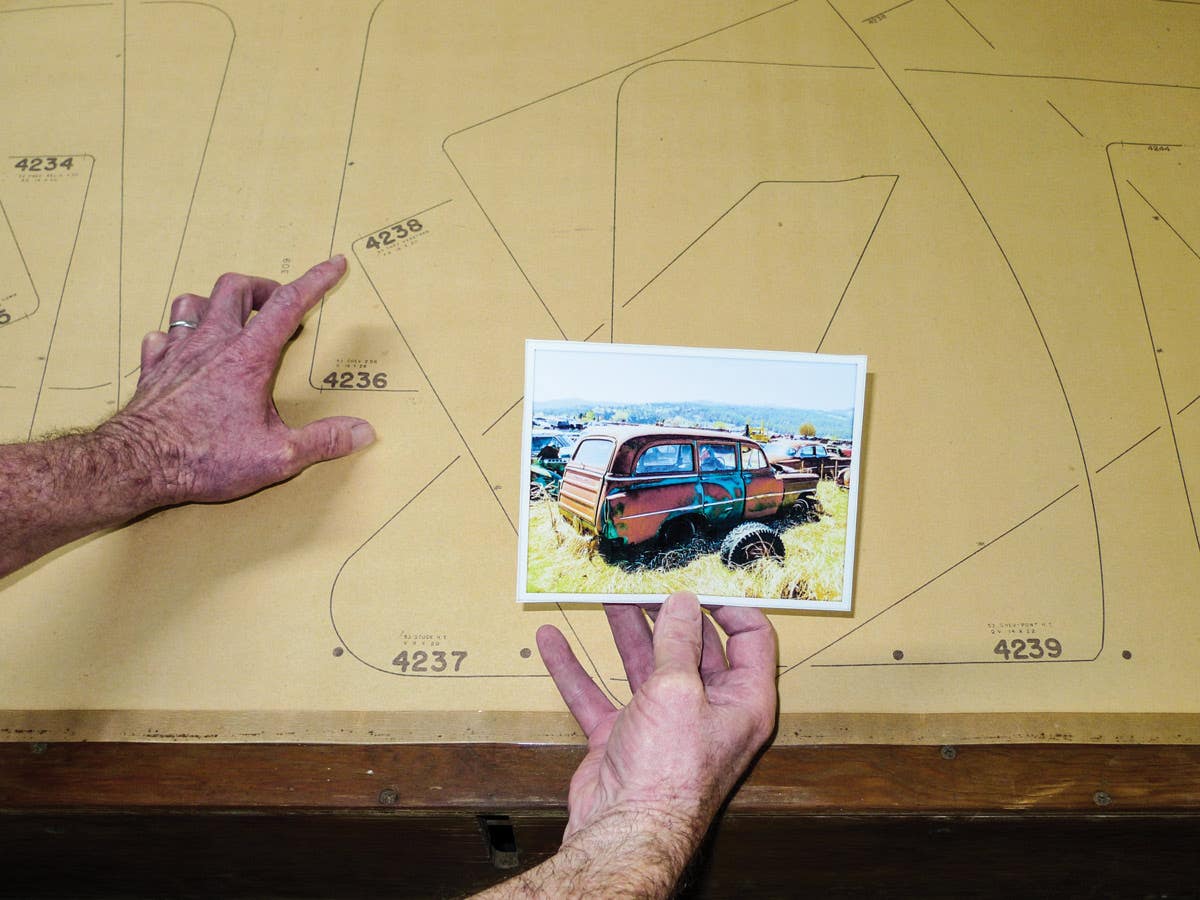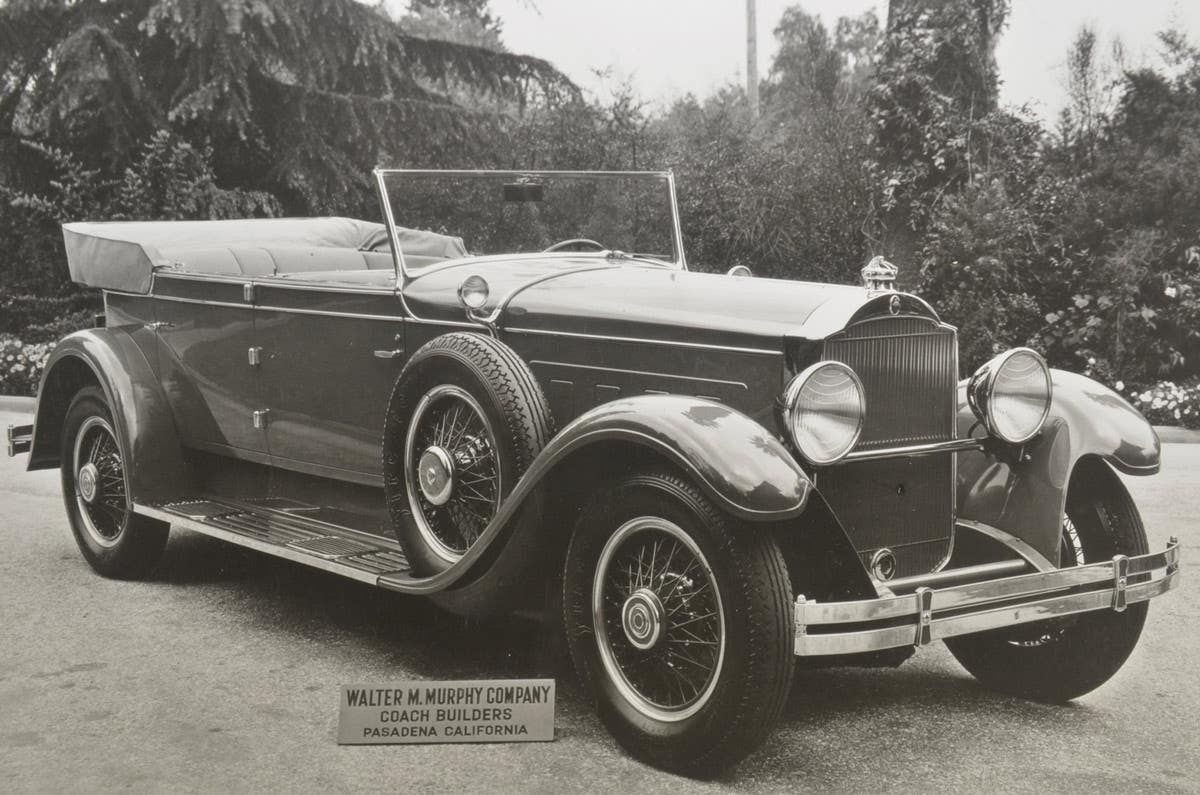1916 Rocky Mountain Madness for the automobile
In 1916, more than 200 brands of cars and trucks were traveling the rocky terrain of Colorado.
Fords like this 1916 Model T were by far the most
plentiful cars on Colorado roads that year, although
it’s hard to imagine these venerable cars handling
the Rocky Mountain terrain.
Imagine: 36,231 cars and trucks registered in Colorado from January through June of 1916. Doesn’t sound amazing? Well, it is when you consider that these were produced by more than 200 manufacturers!
Few people alive can remember such variety. In the 1930s, the number of carmakers dwindled below 50, then less than 40 by decade’s end. Now you can count the number of major domestic automakers on one hand, and still have two fingers left!
Of course, today’s variety is cast in series of models. But step back to 1916 and see exactly what a state like Colorado experienced in car availability.
First off, these statistics came from the Colorado Secretary of State. They were verified and legally acknowledged. I didn’t make any of this up from scratch.
It was a banner year for car registrations in that state. The previous year’s count for the first six months came to 21,826 units. The increase for 1916 amounted to more than 66 percent, or a gain of 14,405.
State officials recognized that this meant there was a vehicle registration for one out of every 20 people who resided in Colorado. That’s right — 1/20 of the population in that Rocky Mountain state had motorized transportation. We can only guess that the others a) could not afford a car or truck, b) did not like them, c) didn’t know how or where to get one, d) preferred to walk or hike, e) were unable to drive, or f) couldn’t use the new vehicles of that day because of rugged terrain and high mountains.
Granted, a gravity-feed fuel system would probably cough and sputter on high grades. Narrow tires of that day could slip and slide on uncertain surfaces with steep inclines. Transmissions weren’t what they would be a dozen years later, and engines were generally pretty basic, except for a handful of magnificent cars with massive motors from the halls of Pierce-Arrow, Cadillac, Packard and National, to mention a few of the luxury cars. You can bet just getting up a steep hill was considered a luxury in 1916.
You could say that what was good for the auto industry was good for Colorado. License fees for that state came near $175,000 for the year. That was considerable! If you want to know how major it was, multiply that number 20 times and you will get the buying power in today’s dollar. The fees were based on fairly minor amounts. The least of cars would be charged $2.50 (20 horsepower). The highest was $10 (40 horsepower and above).
What car did the people of Colorado prefer? It was Ford with 43 percent of total sales in the state. That came to well over 15,000 at initial count, and by year’s end, that number was surpassed. Now, those Model T’s would have done well on the skimpy roads and encrusted, sandy ground of Colorado. But take a T up a mountain, and you would experience a coughing and sputtering carburetor, starving for gas. It was said that some Ford salesmen cinched their deals by sensing the loss of power, then swinging into a pull-off. Some backed up the incline, to show how marvelous the Ford really was. Imagine, tackling a mountain road in reverse! Of course, fuel was easily transported toward the engine once the car was higher in the rear. Further imagine the consternation of the new owner of a Ford who had to regularly swing off the main road and then back up the remainder of the way. No wonder other buyers were favorable toward other makes. That’s not to say the Ford Model T was a bad car. It just had its own characteristics. Ford was not alone in that trait, but it was the most popular to carry it.
The biggest seller after Ford was Overland. It took second with slightly less than 3,000 units by the time of the report in September of 1916. Third was granted to Buick with less than 2,400 units. Maxwell took fourth with little more than 1,700. For Buick, it was a slip from second place as it transposed positions with Overland.
Denver tax officials counted 437 Buicks in the city, compared with more than 1,900 for the rest of the state. That meant more than 22 percent of all Buicks registered in the state were in Denver. Total vehicles in the city amounted to more than 12,200. Ford topped registrations with just less than 3,500. At the time of the report, Denver also had 534 Maxwells (of any given year) which claimed above 45 percent of that brand in the entire state. Easy to see that Maxwell dealers pushed their product in the big city.
Less than one percent of all registered vehicles were trucks. Even less than that were electric vehicles: the count was 142. As good as steam’s reputation had been in climbing mountain roads, there were only 140 steam vehicles among all registered in the state for 1916. That came to less than 4/10th of one percent!
What were some other makes that were registered in Colorado for 1916? Studebaker (including EMF and Flanders) was in the top five. Then came Dodge, Cadillac, Chalmers, Chevrolet (including Monroe), Reo, Metz, Hupmobile, Judson, Saxon, Oakland, Franklin and Oldsmobile. To show the drop in cars registered by make, Dodge had 1,022, but Oldsmobile was down at 237 units. Forty-four percent of those Oldsmobiles were registered in Denver, while only 23 percent of Dodges were listed for that city.
It’s intriguing to see the list of lesser-selling cars. Grant comes next, then Paige and Cartercar. Packard (including trucks) had 176 units in the whole state. Still, Packard sales in the state were heavy in Denver, where 56 percent were registered. Pierce-Arrow fared nearly as well statewide by coming in next with 162 units (including trucks). However, more than 71 percent of these were concentrated in Denver.
Jeffery and Rambler held 155 registrations, Case 134, Velie 133, Abbott and Mitchell tied at 132, and Haynes was at 121. Apperson placed next with 114 units, which was fitting since the two brands were hot competitors from the same town of Kokomo, Ind. The greatest number of steam cars in Colorado was clinched by Stanley with 140 units (46 percent in Denver) while White held 102 units, including trucks. Among electrics, Baker was on top with 134 cars, Fritchie had 133 and the Detroit Electric was credited with 86. Counting all electrics, nearly 79 percent were in Denver.
On the lean side were some famous and rare makes. Lowest on the list were four brands each with four cars in the entire state: Stutz, Schacht, Jones and Glide. Among rare makes that made the list were Warren, Parry, Gleason, Welch, Speedwell, Sear-Roebuck (with 6), Moline, Bergdoll, Renault and Little (eight each), Great Smith (with 10), Marathon and Cunningham (12 per), plus Marmon and Premier with 17 each. There were 56 Moons (21 percent in Denver) and 39 Dorris automobiles, 28 of which (71 percent) were in Denver.
Imagine what it was like seeing such a plethora of brands traveling the dusty roads and cobblestone streets of Colorado in 1916. Oh, to have been there!
It makes you wonder how many of those cars still survive…?
CLICK HERE to tell us what you think in the Old Cars Weekly forums



